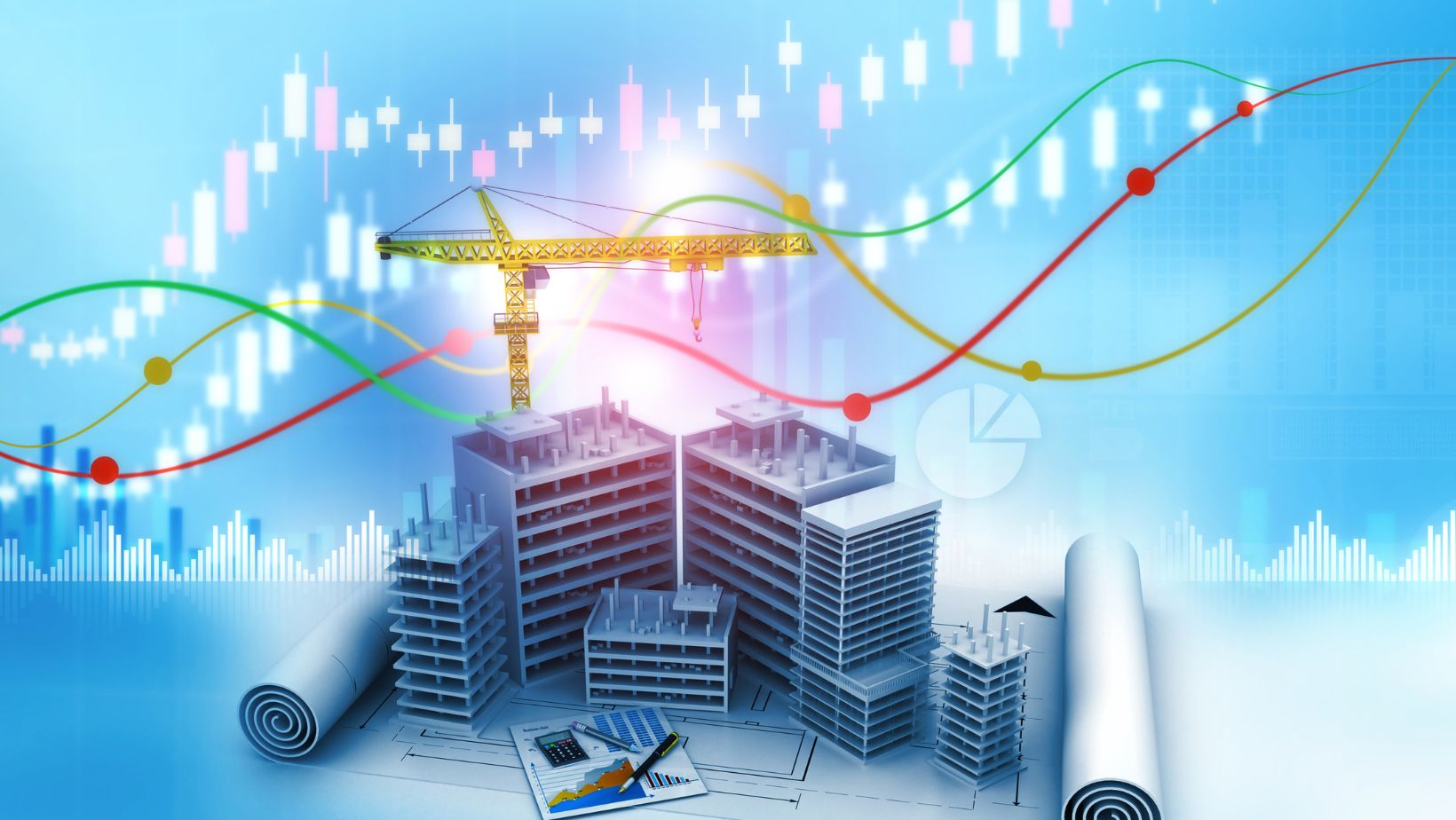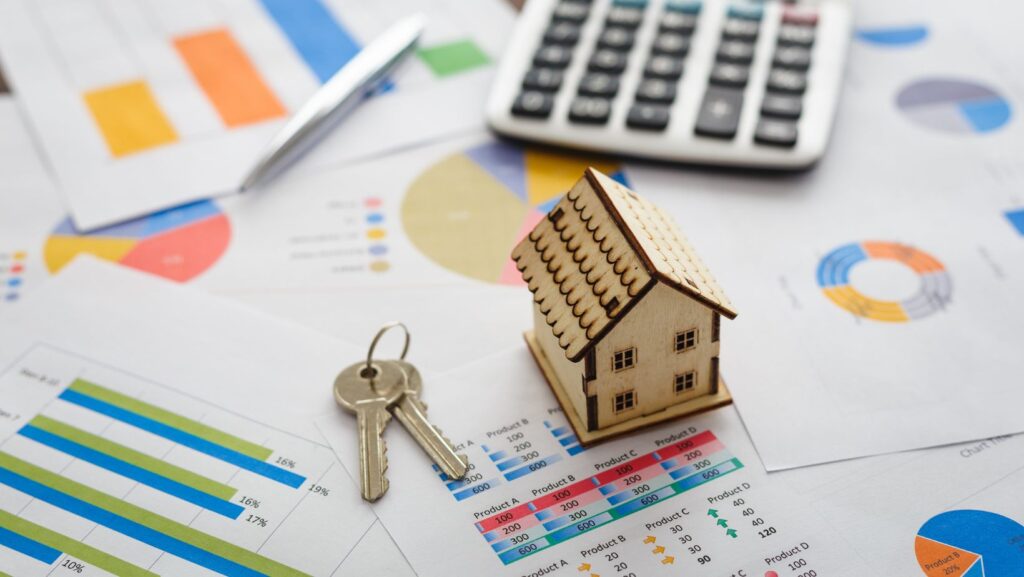If you’re still choosing properties based on curb appeal and your uncle’s “street smarts,” you’re about to get left behind. In today’s real estate game, data analytics isn’t a bonus—it’s the playbook. Whether you’re managing 30 units or 30,000, understanding how real estate uses data analytics is the key to making faster, smarter, and more profitable decisions. Let’s dive into the real tools behind today’s winning portfolios.
From Gut Instinct to Gigabytes: The Evolution of Real Estate Strategy
Before big data, property managers and investors relied on basic indicators—occupancy rates, location appeal, and whatever Larry the leasing agent had to say. Today, thanks to data analytics, we’ve traded tarot cards for trendlines. Real estate professionals are tapping into massive datasets, AI algorithms, and smart dashboards to understand everything from leasing patterns to tenant satisfaction to property health.
Why? Because when you have data on everything from nearby coffee shop density to building foot traffic, who needs a hunch?
Platforms like Leni simplify this transition. Designed for multifamily asset owners and managers, Leni pulls structured data from property management systems like Yardi and RealPage and turns it into actionable insights. You no longer need an army of analysts to compete with institutional giants—you just need the right tool.
The Tenant Crystal Ball: Understanding Behavior with Data
You don’t have to spy on your tenants to understand them—data does the heavy lifting. With analytics, property managers can:
- Predict lease renewal likelihood
- Analyze maintenance request frequency
- Monitor payment trends and delays
Let’s say Unit 304 has submitted three heating complaints in two months and recently logged a temperature-related issue in the tenant portal. Your data system flags this trend, notifies the maintenance team, and nudges you to offer a preemptive renewal discount—before discomfort becomes dissatisfaction.
The Market Whisperer: Predicting Value with Precision
How does real estate use data analytics to predict market trends? By analyzing a mind-boggling mix of:

- Historical sales data
- Rental rate trends
- Infrastructure development
- Neighborhood demographics
- Traffic flow and mobility patterns
In other words, your software can tell you if that sleepy suburb is about to become the next “it” neighborhood. This predictive power empowers smarter pricing strategies, acquisition decisions, and renovation plans.
The Leni platform pulls in external and internal data to help teams forecast with confidence. It’s not magic; it’s just machine learning with a good attitude.
Fix It Before It Breaks: Property Health Analytics
The pipes burst. Again. Why? Because you didn’t have predictive maintenance in place.
Thanks to IoT sensors and analytics platforms, you can now:
- Track HVAC efficiency in real time
- Monitor plumbing usage patterns
- Predict system failures based on historical trends
This reduces downtime, lowers repair costs, and keeps tenants happier (and quieter on review sites).
Bonus: With smart analytics, you can even plan capital expenditures better, avoiding the infamous “surprise budget meetings” that haunt asset managers in their dreams.
Portfolio Optimization for the Rest of Us
Leni isn’t just about data; it’s about delivering the kind of portfolio visibility that used to be reserved for large private equity firms. Whether you manage 300 units or 30,000, you get:
- Real-time KPI dashboards
- Drill-down views by asset, manager, or region
- Forecasting tools based on live financial data
By the way, if you’re looking to make better use of your dashboards, check out our Business Analytics in Real Estate guide. It’ll change the way you look at spreadsheets (and possibly life).
Custom Reports without Spreadsheet Nightmares
Remember those sleepless nights spent manually stitching together data from multiple property managers? Leni does. It also offers automated reporting that consolidates data across systems, saving your time, sanity, and Ctrl+C fingers.
You can generate:

- Weekly performance reports
- Budget vs. actual variance alerts
- NOI trend summaries
- Investor-ready overviews
No more chasing down spreadsheets. Just insights on demand.
Leveling the Playing Field with AI
Historically, only big institutions could afford high-end analytics. Leni levels the playing field by delivering:
- AI-powered forecasting
- Leasing and revenue optimization tools
- Anomaly detection for unusual trends
This means smaller teams can spot the same red flags and green opportunities as their billion-dollar counterparts. You don’t need to be a data scientist—you just need data that makes sense.
Conclusion: From Guesswork to Growth
So, how does real estate use data analytics? It takes the chaos of market data, property metrics, tenant behavior, and financial performance and transforms it into actionable insight. From predictive maintenance to strategic acquisitions, the modern real estate operator thrives on clarity.
Whether you’re a seasoned REIT or a rising syndicator, embracing platforms like Leni helps you replace reactive decisions with proactive wins.
In today’s world, guessing is expensive. Analytics? That’s profitable.
Welcome to the smarter side of real estate.
